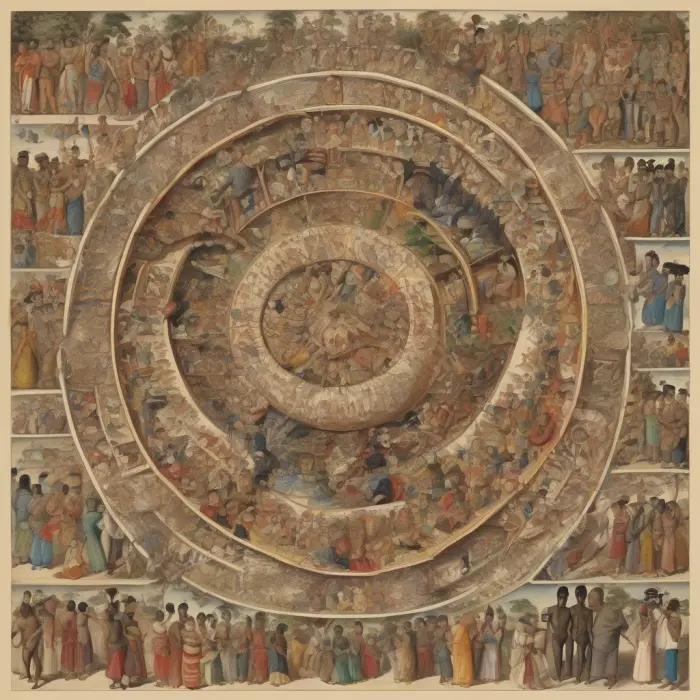Quirky Facts About the History of Ancient Archaeological Discoveries
Archaeology, the study of human activity through the excavation and analysis of material culture, has been pivotal in unveiling the secrets of the past and providing intriguing insight into vanished civilizations since its inception. While many people are familiar with iconic archaeological finds such as the Rosetta Stone and the Terracotta Army, a myriad of lesser-known but equally quirky discoveries have quietly shaped the world of archaeology.
The Extraterrestrial Dagger of Tutankhamun
In 1922, archaeologist Howard Carter uncovered the virtually intact tomb of Tutankhamun, an Egyptian pharaoh of the 18th dynasty. The tomb contained myriad treasures, but one in particular stood out: an ornate iron dagger. Housed in a golden sheath and sporting a crystal knob, what makes this dagger truly special is its extraterrestrial origin. In 2016, Italian and Egyptian researchers analyzed the weapon and confirmed that the iron used indeed originated from a meteorite. This underscores the elevated value the ancient Egyptians accorded meteoritic iron.
The Antiq
uarian Hobby of Emperor Qin Shi HuangChina's first emperor, Qin Shi Huang, is renowned for unifying the country and initiating the construction of the Great Wall. However, his archaeological significance largely comes from his monumental afterlife arrangements. Uncovered in 1974, his tomb is guarded by an army of life-size terracotta soldiers, each one unique in its facial features. The quirky fact is that due to ancient beliefs about the afterlife, the emperor ensured his soldiers were accompanied by terracotta horses, acrobats, and officials, creating a detailed snapshot of his imperial court.
The Pompeii Good Luck Charms
The city of Pompeii, buried in 79 AD under volcanic ash from Mount Vesuvius, has gifted archaeologists with a plethora of surreal snapshots. A highly fascinating and quirky find is the "House of the Amulets." Packed with countless good luck charms, such as bells, mirrors, miniature penises and phallus-shaped lamps all designed to protect against the evil eye, this discovery gives an intimate look at the everyday superstitions and spiritual beliefs of the Pompeii citizens.
The Lost Roman City Discovered by a TV Repairman
In 1961, a British TV repairman named Eric Crockett stumbled upon an archaeological gem in his backyard— an entire lost Roman city. He began remodeling his garden in North Yorkshire and uncovered an ancient mosaic. What followed was a 30-year excavation project, marked by the discovery of a Roman villa, bathhouse, and mausoleum. His backyard find turned out to be the lost city of Rougemont, one of the most northerly outposts of the Roman Empire in Britain.
Human history hides innumerable quirky nuggets of knowledge. These relics, scattered across the globe, deepen our understanding of the past, adding nuanced layers of richness to the tapestry of human evolution. The joy of archaeology finds expression in this relentless pursuit of unearthing the forgotten and the hidden, paving the way for future discoveries.










